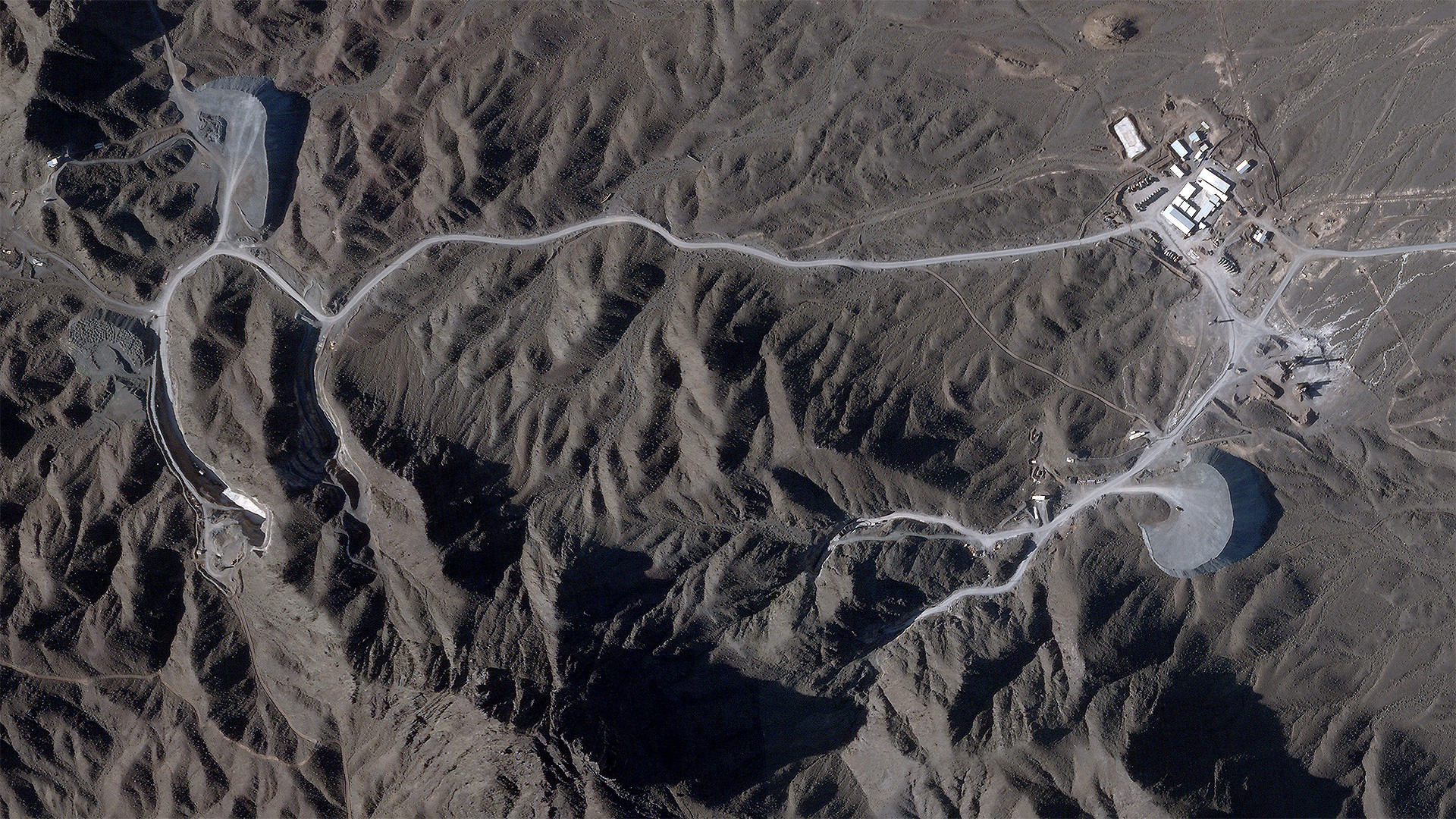The U.S. military’s most powerful, deeply burrowing Massive Ordnance Penetrator bunker buster bombs, or MOPs, may be unable to penetrate a buried nuclear facility in central Iran, analysis of new satellite images suggests. The Air Force’s 30,000-pound class GBU-57/B MOPs are guided weapons specifically designed to penetrate highly fortified targets such as Iran’s underground nuclear facilities and can impact surfaces above targets with great accuracy. Most recently, a rare ‘live’ MOP was pictured at Whiteman Air Force Base, as you can read more about here.
The Associated Press first reported on these new developments observed at Iran’s Natanz nuclear site yesterday, based on images provided by Planet Labs, as well as analysis by the James Martin Center for Nonproliferation Studies. The Natanz site is located some 225 kilometers (140 miles) south of Tehran. As AP suggests in a separate article, Iran appears to be making “steady progress” in constructing various underground tunnels in the Zagros Mountains to the south of the Natanz nuclear site. Owing to its size, Iran would likely be able to use the underground facility to enrich uranium, AP reports, and not just to build centrifuges for the enrichment of uranium, with natural protection coming from the mountain.
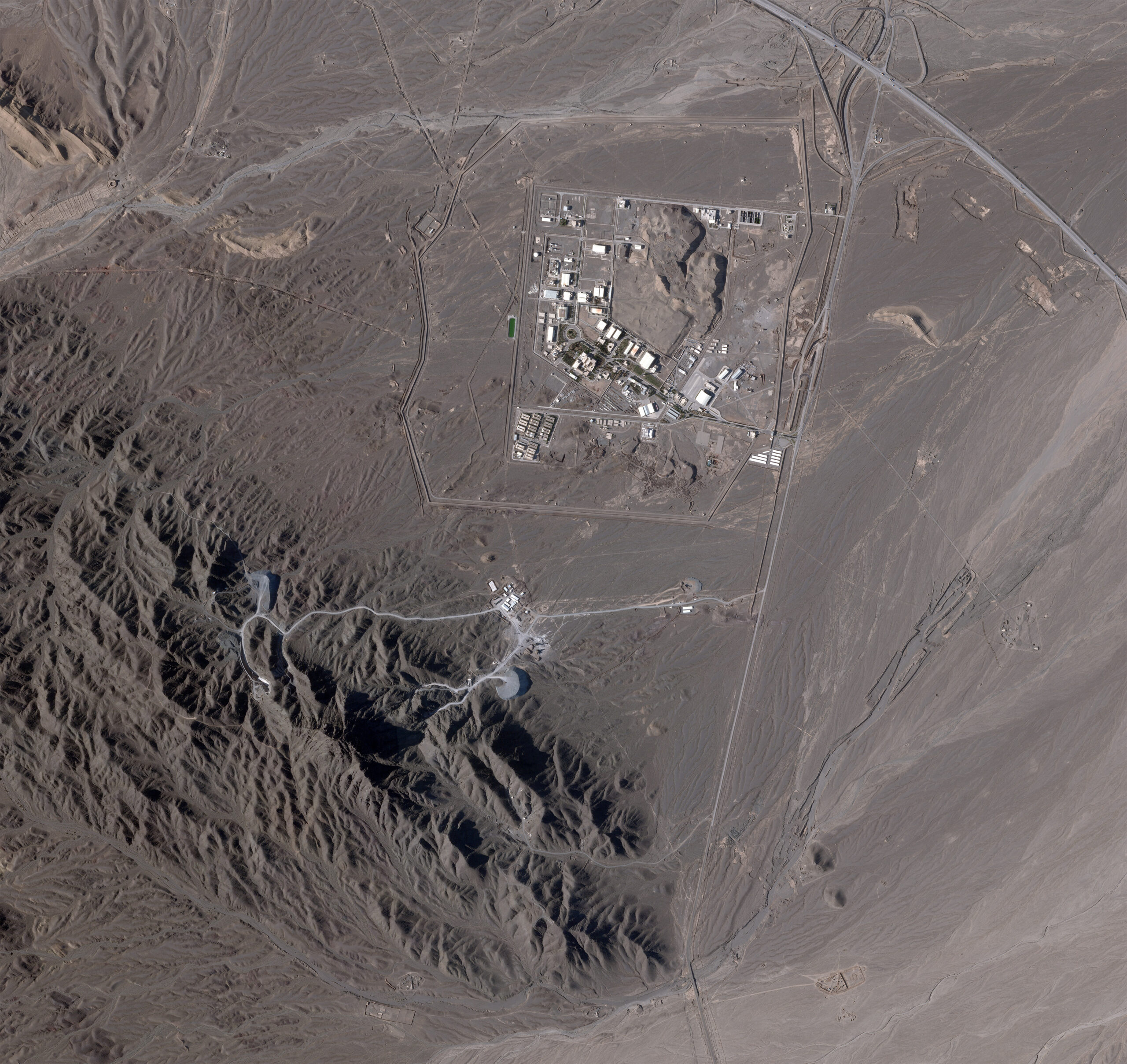
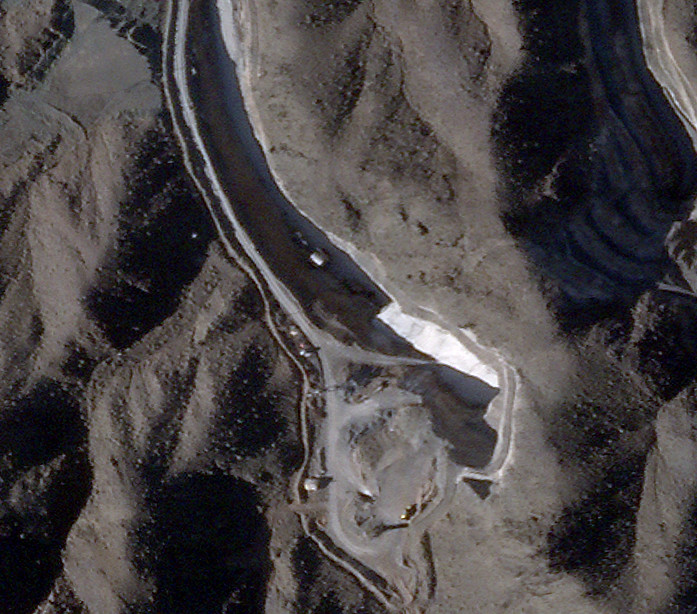
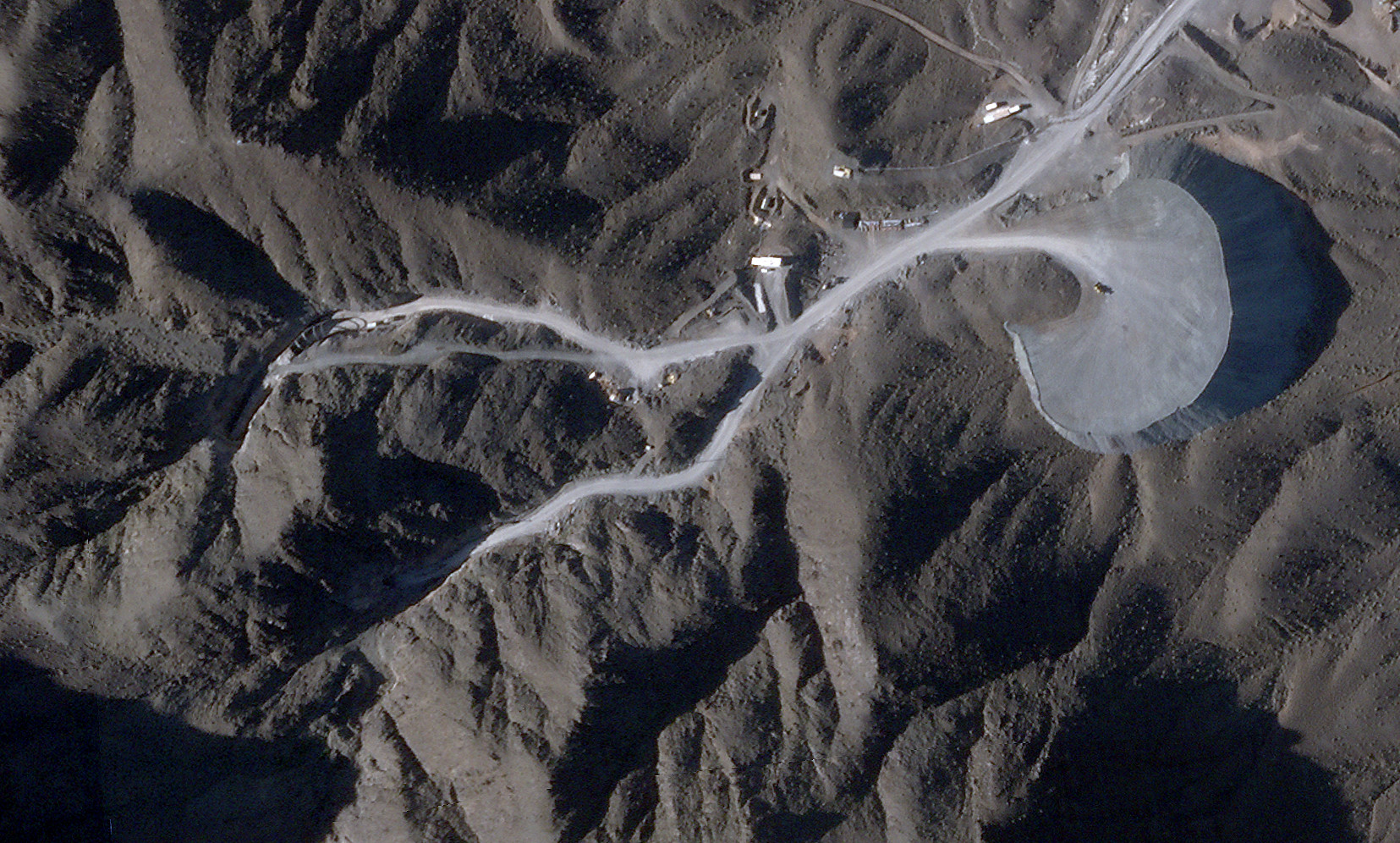
Construction of the core elements of the Natanz nuclear facility itself began in the early 2000s. In September 2020, Iran announced it would be replacing the Iran Centrifuge Assembly Center (ICAC), an above-ground plant at the Natanz facility that was destroyed that June by a fire, with a new facility in the nearby mountain. Tehran blamed that incident at ICAC nearly three years ago on Israel.
Since then, observers and intelligence analysts have followed the development of underground tunnels in the mountain via satellite imagery, with fears that the new underground facility could aid Iran in developing nuclear weapons. Tehran has not publicly acknowledged any other plans for the underground facility beyond its use as a replacement for the ICAC, according to AP. Iranian authorities would have to declare the site to the International Atomic Energy Agency (IAEA) in Vienna if it decided to introduce uranium into it. Iran does, however, have a long history of deep-burying sensitive facilities, especially those linked to their nuclear and missile programs, among other things.
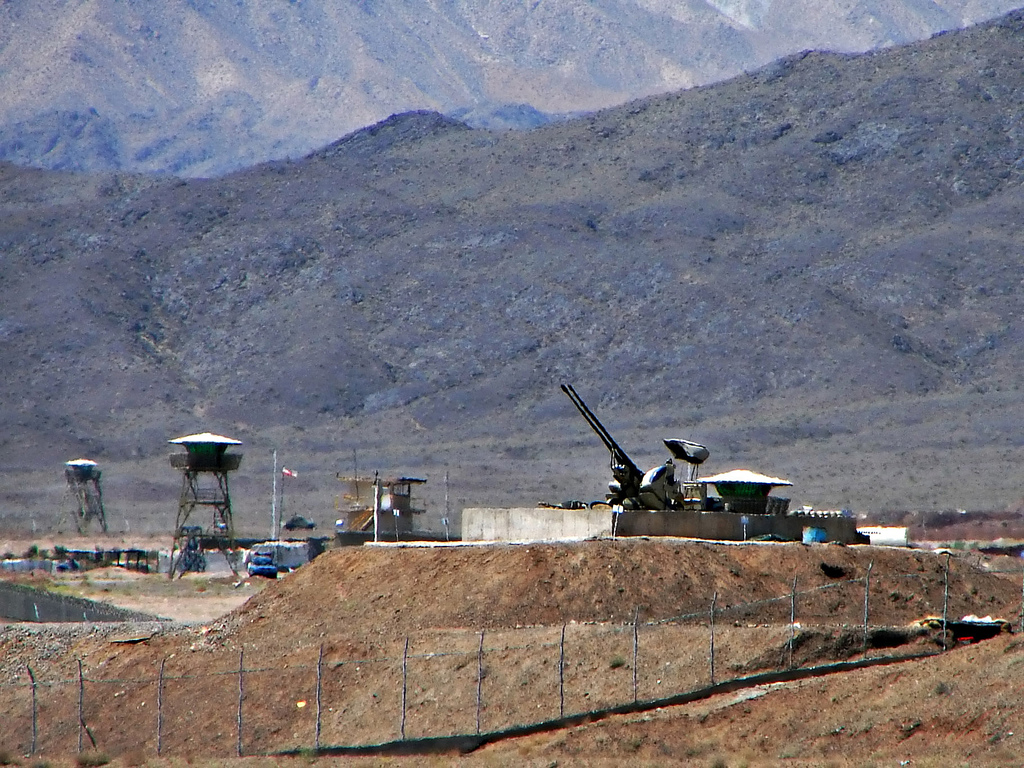
Citing experts at the James Martin Center for Nonproliferation Studies, AP reports that the new facility is likely being built at a depth of between 80 meters (260 feet) and 100 meters (328 feet) within the mountain. This extends deeper than what the U.S. military has publicly stated in the past is the maximum depth the 30,000-pound class GBU-57/B MOPs can burrow down to, around 60 meters (200 feet). It’s unclear exactly whether this figure also accounts for penetration through reinforced concrete layers, which are often used to shore up sensitive underground facilities.
Moreover, experts at the Institute for Science and International Security, a Washington-based nonprofit focused on Iran’s nuclear program, argue that the underground tunnels could be even deeper than the 260 to 328 feet estimate suggested by experts at the James Martin Center, AP notes.

“So the depth of the facility [in the mountain] is a concern because it would be much harder for us [the U.S., to penetrate],” Steven De La Fuente, a research associate at the James Martin Center, told AP. “It would be much harder to destroy using conventional weapons, such as like a typical bunker buster bomb.”
Analyzing a separate set of images, experts at the James Martin Center suggest that four entrances have now been dug in the mountainside, AP notes. Two of those are located to the east, while another two are located to the west. The entrances are roughly 6 meters (20 feet) wide and 8 meters (26 feet) tall.
Kelsey Davenport, director of nonproliferation policy at the Washington-based Arms Control Association, told AP that the completion of the underground nuclear site in the mountainside “would be a nightmare scenario that risks igniting a new escalatory spiral… Given how close Iran is to a bomb, it has very little room to ratchet up its program without tripping U.S. and Israeli red lines. So at this point, any further escalation increases the risk of conflict.”
The tunnel network close to the Natanz site isn’t the only Iranian underground facility reportedly beyond the reach of U.S. MOPs, it should be noted. Iran’s nuclear development site carved deep into a mountain at Fordo, often seen as Iran’s most sensitive nuclear facility, is reportedly some 90 meters (295 feet) deep. It is also protected by multiple feet of reinforced concrete. Back in 2012, experts highlighted to Reuters how Fordo then represented a more significant challenge to penetrate compared to the previous underground facilities at Natanz.
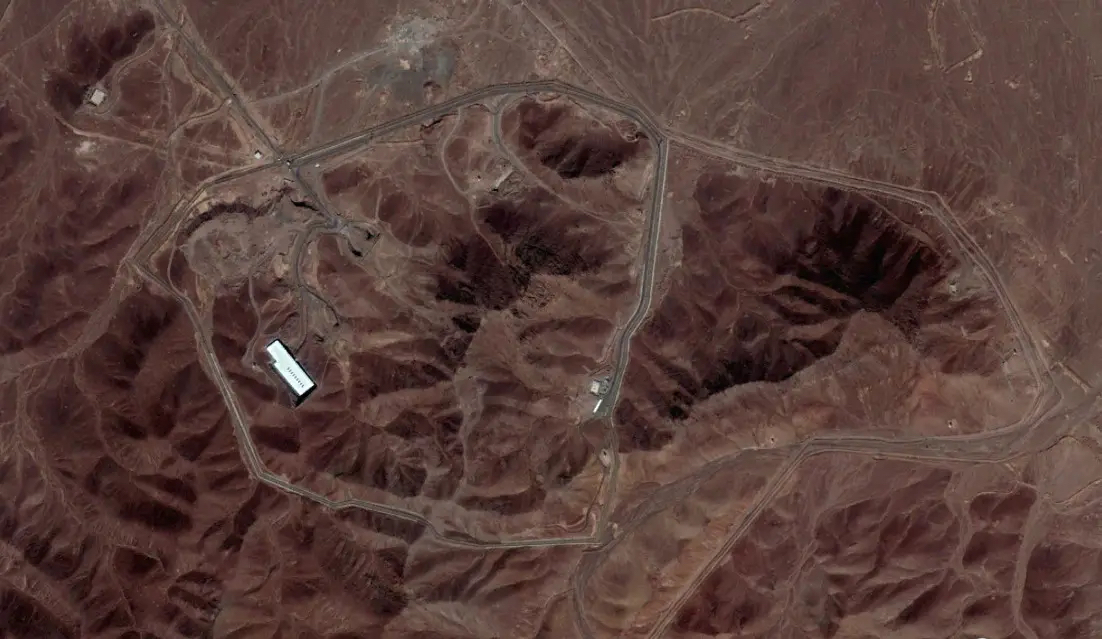
Of course, this all prompts questions about how the U.S. military might be able to utilize its bunker busters against these deeper underground facilities. The Air Force has remained very tight-lipped on the MOP program in general. However, much of its impetus in the early 2000s appeared to be a response to Iran’s push to bury its nuclear enrichment infrastructure underground in order to safeguard against pre-emptive U.S. or Israeli strikes.
Thanks to their GPS guidance, as The War Zone has noted in the past, it’s certainly possible that multiple bunker busters could be dropped on roughly the same spot by B-2 Spirit stealth bombers. B-2s are currently the only aircraft able to employ the MOP operationally. The Air Force’s future B-21 Raider stealth bomber is expected to be able to carry one MOP while the B-2 carries two.
The War Zone has noted in the past, based on statements received from the Air Force, that ‘inert’ versions of the BLU-127C/B warhead – the BLU-127C/B being the main explosive charge at the core of the GBU-57E/B variant – could be used to ‘dig down’ to the target, softening up the ground. Live ones could do this, as well. In the case of the tunnels within the Zagros Mountains, the ground would likely be very dense. Each subsequent bomb would then be able to penetrate deeper to the target, and through any reinforced concrete layers. There is also the possibility of weak points in the facility’s design and mechanical infrastructure that can be exploited to increase penetration.
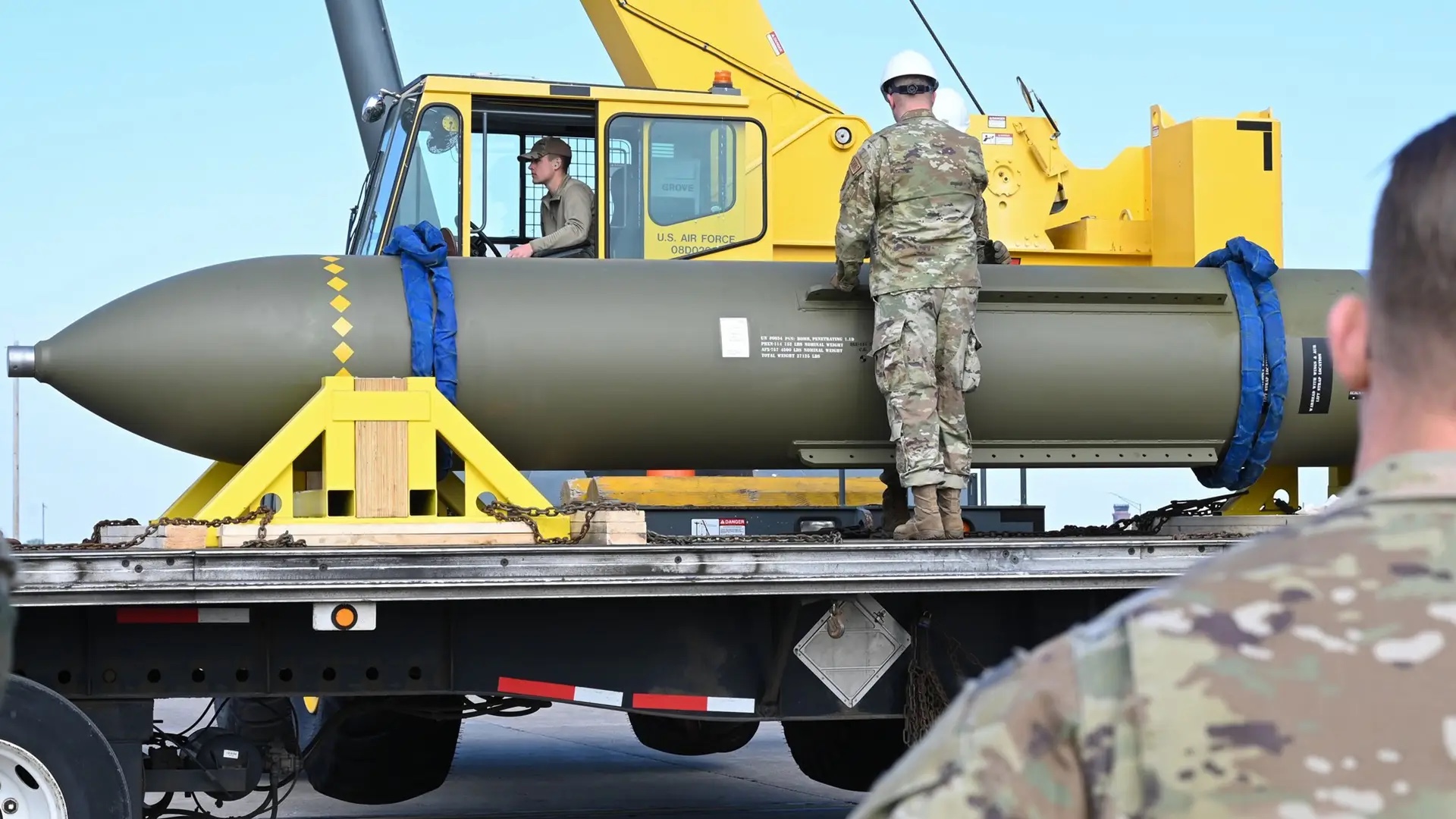
Adding to this, large numbers of MOPs would likely be needed if the U.S. military were to strike the underground tunnel networks at the Natanz site, given how spread out they now appear to be. These facilities are now designed in segments with blast doors separating key sections. This means if one area is hit, the others will not be impacted or at least the damage will be drastically reduced to the entire facility.
Information is limited about how many MOPs exactly the Air Force has within its stockpiles currently. According to the service, 20 MOPs had been delivered by the bomb’s manufacturer, Boeing, since the early 2000s. The figure of 20 MOPs is accurate as of November 2015, according to the Air Force, but could have, and likely has, grown significantly since then. This would be inclusive of the GBU-57E/B variant, in operational inventory since 2016, and possibly the newest GBU-57F/B variant.
The MOP has been progressively improved over the years and we don’t know how many of the older variants have been retrofitted with modifications developed through the Enhanced Threat Response-IV (ETR-IV) and other upgrade programs.

It’s also very possible that the Air Force’s bunker busters may be able to individually penetrate deeper below the ground than the service has publicly indicated to date. Originally, the Air Force claimed its MOPs could burrow down to just over 18 meters (60 feet) to get to their targets. This figure was revised in 2007 to just over 60 meters (200 feet). As The War Zone has pointed out previously, it’s likely that newer MOP variants, including the GBU-57E/B and GBU-57F/B, can penetrate deeper than the MOP variants available in 2007, thanks to updated warhead designs. The BLU-127C/B warhead has a “booster” within the warhead’s forward position, for example – although it remains unclear if this constitutes a system to propel the section for added penetration or if it refers to an explosive charge accelerating the detonation of the main charge.
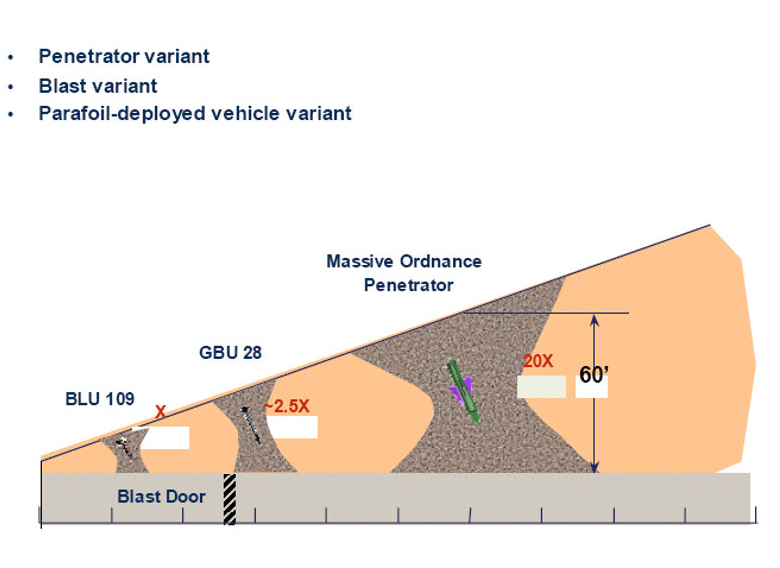
Other tiers of bunker busters could also be directed at the known entry points of underground facilities such as those in the Zagros Mountains, in an effort to at least seal them off temporarily, too. With the GBU-57/B constituting the largest bunker buster in the U.S.’s inventory, smaller bunker busters, such as 2,000-pound class BLU-109/Bs or BLU-137/Bs or 5,000-pound class GBU-28/Bs or GBU-72/Bs, or even GBU-57/Bs if the target demands them, could be used for this purpose.
There are other ways to attack these facilities, of course, but with varying potential effects and risk factors. Deep penetrating, very high-risk commando raids on the ground could be used in an attempt to take and/or severely damage high-value nuclear development facilities. Cyber attacks on them are a proven way of slowing down the advance of Iran’s nuclear program, but these would be very hard-pressed to damage them physically in a major way. There has even been talk of even irradiating the facilities and the land around them in order to deny their use. Then there are the best bunker busters on earth — nuclear weapons.
Nuclear weapons advocates may see this as a clear indication for the U.S. to retain dedicated nuclear bunker busters in order to deal with especially deep targets. Speaking at an event in 2014 at the Stimson Center think tank in Washington, D.C., former U.S. Air Force Chief of Staff General Norton Schwartz argued that the guidance package on the B61-12 nuclear gravity bomb would make it easier to target hardened structures very deep underground. The B61-12’s dial-a-yield feature and tail kit could negate the need for dedicated earth-penetrating or large-yield nukes like the specially-designed bunker-busting B61-11 and more powerful B83-1, the U.S. military and Department of Energy have previously suggested.
That Iran is enhancing its underground nuclear facilities comes as the country’s nuclear program has rapidly evolved in recent years, following the collapse of its nuclear deal with other world powers in 2018. Indeed, the country is now producing uranium close to weapons-grade levels, according to a recent report by the United Nation’s nuclear watchdog. Inspectors recently discovered the country had produced uranium particles that were 83.7% pure at the Fordo fuel enrichment plant, far above the 60% figure Iran claims. This is extremely close to the 90% threshold of weapons-grade uranium.
“The full range of findings outlined by the Director General’s report are alarming: Iran continues its unprecedented and grave nuclear escalation,” said Corinne Kitsell and Götz Schmidt-Bremme, the British and German ambassadors to the nuclear watchdog respectively, as NBC News reports.
According to the head of the International Atomic Energy Agency, Iran has enough enriched uranium to construct “several” nuclear bombs as of February this year, AP reports.
All in all, the latest satellite images of Iran’s underground tunnels in the Zagros Mountains underscore the U.S. military’s requirement for MOPs, as well as its adversaries’ efforts to mitigate the capabilities of those weapons.
Contact the author: oliver@thewarzone.com
